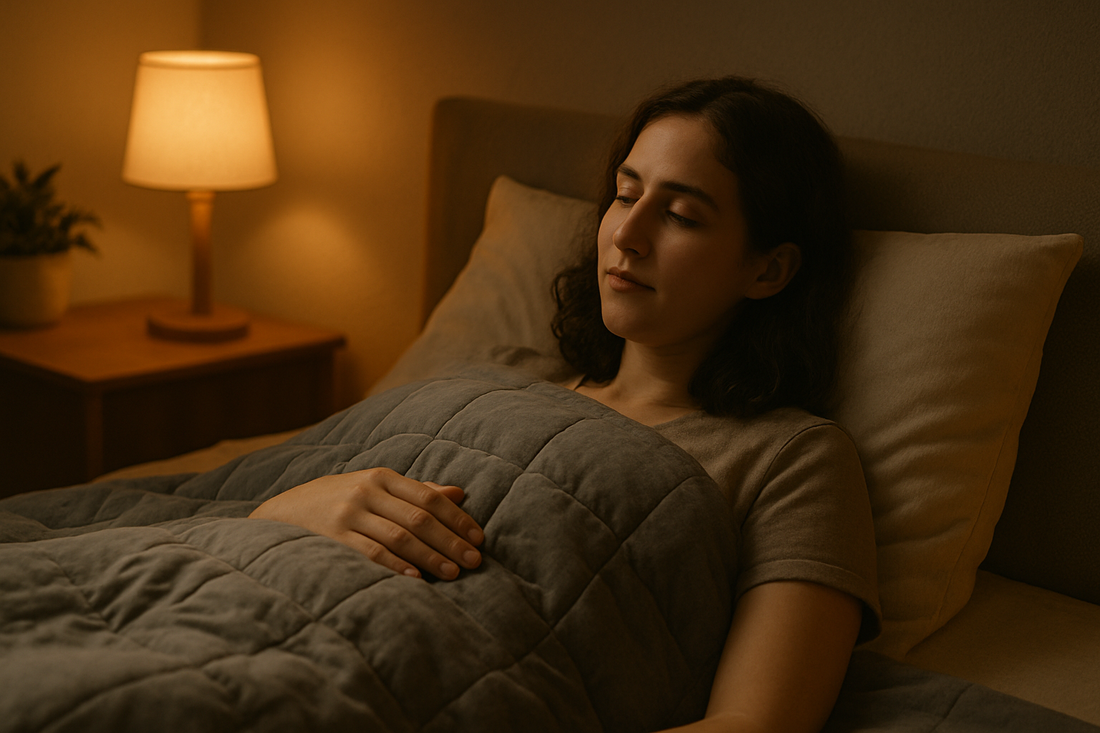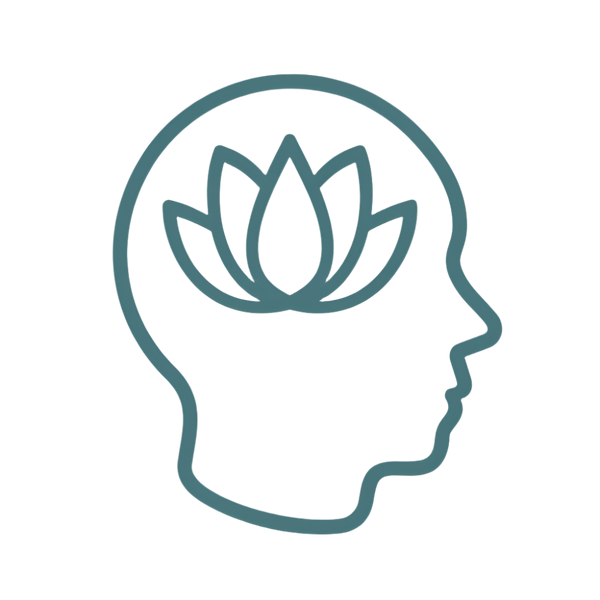
How to Fall Asleep with ADHD (Even When Your Brain Won’t Shut Off)
Share
✅ Quick Summary
Falling asleep with ADHD can feel impossible — even when you’re exhausted. Racing thoughts, body restlessness, and sensory overwhelm often hit hardest at night. The key isn’t just sleep hygiene. It’s using calming, ADHD-friendly rituals and sensory tools that support your nervous system — and help your brain feel safe enough to rest.
😵💫 When your brain won’t stop… but your body’s already done
Ever been so tired your bones ache — but your brain refuses to shut off?
For people with ADHD, that’s not insomnia.
That’s executive dysfunction, overstimulation, and a nervous system stuck in overdrive.
Sleep doesn’t happen when you feel safe.
Sleep happens when your brain believes you’re safe.
And for many ADHDers, that means building sleep routines that don’t just “look good on paper,” but actually work for our brains.
🧠 Why ADHD Makes Sleep So Hard
Let’s break it down:
-
Time blindness: You lose track of time and miss your wind-down window.
-
Mental restlessness: Your brain starts listing everything you’ve ever forgotten.
-
Emotional spillover: The overwhelm you masked all day finally hits.
-
Sensory overload: Lights, textures, or even bedsheets can feel too much.
The problem isn’t just sleep hygiene.
It’s nervous system regulation.
That’s why traditional advice like “just turn off your phone” doesn’t cut it.
🔧 ADHD-Friendly Calming Techniques (That Actually Help)
Try layering sensory tools with calming cues. Here’s what works for many:
1. ✋ Deep Pressure Stimulation (weighted blanket)
It gives your nervous system a “hug” — literally.
Deep pressure tells your brain to shift from fight-or-flight into rest-and-digest mode.
✅ Use a cotton weighted blanket with glass beads for even pressure without overheating.
Click here for Weighted Blankets!
2. 🔁 Repeatable Wind-Down Ritual
Predictability helps ADHD brains switch states. Try this 30-minute sequence:
-
5 min: Dim lights, brush teeth, change clothes
-
10 min: Sit under weighted blanket, play soft instrumental music
-
10 min: Stretch gently or do progressive muscle relaxation
-
5 min: Lavender spray on pillow + journal or quiet reflection
Bonus tip: Set an alarm at the same time every night to begin this sequence.
3. 🎧 Audio Anchors
-
Brown noise
-
Lo-fi beats
-
Sleep meditations (choose voice tones that don’t irritate you)
Make the sound part of your routine — same playlist, every night.
4. ✍️ Thought Dumps
Before bed, let the chaos out:
-
Write down your unfinished tasks
-
Dump worries onto paper
-
Remind yourself: “Now isn’t the time to fix this.”
Even 2 minutes of writing helps reduce ruminative looping.
5. 🌿 Sensory Environment
Your bedroom isn’t just where you sleep — it’s where your brain decides if it can.
Create a space that feels emotionally safe:
-
Weighted blanket ✔
-
Soft, natural textures ✔
-
Warm white lighting ✔
-
One calming object that brings comfort (e.g. a photo, quote card, or plush toy) ✔

❓FAQ
Q: What’s the best bedtime for ADHD brains?
A consistent one. It’s less about the exact time, more about the routine before it. Set a consistent wind-down sequence that begins 30–60 minutes before sleep.
Q: Are weighted blankets safe to use every night?
Yes — when properly sized and made with breathable materials, many people find them helpful nightly. Choose one that’s about 10% of your body weight.
Q: I tried all this and still can’t sleep. What now?
Try not to panic. Resting still helps. ADHD brains can take longer to transition.
If things don’t improve, speak with a sleep specialist or ADHD-informed therapist.
🛒 Final Thoughts
You don’t need to “fix your sleep.” You need to support your nervous system.
That’s why we created Over-whelmed — a sensory-safe, weighted blanket designed to calm ADHD bodies and brains.
It’s soft. It’s breathable. And for many people, it’s the difference between lying there frustrated… and finally exhaling.
→ Try it for yourself — your bedtime might just become the calmest part of your day.


